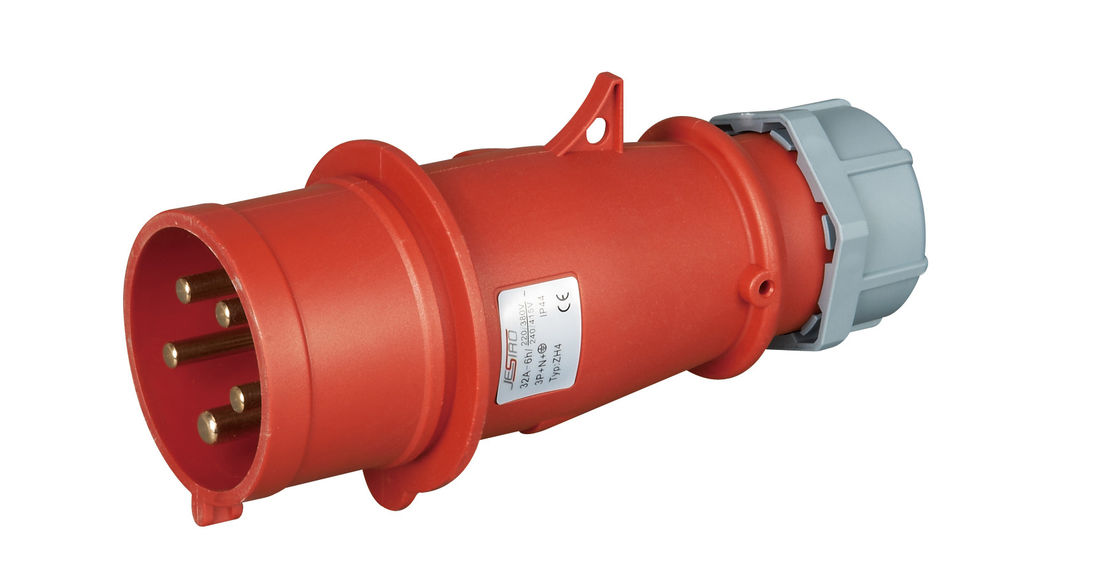

The neutral wiring from your device has some non-zero resistance.

One danger is that the neutral is not really at the same potential as the ground. The "ground" connector is often connected to the chassis of electric equipment, for example the metal case of your oven, lamp, etc. Keep in mind that the ground and neutral should be connected together at your house's service entrance, and nowhere else.
3 PRONG 220 PLUG CODE
You have a few different options to bring this up to code (corresponding to the NEC electrical code): It's safer to pay a licensed pro, and always check the local electrical codes.Bridging the neutral and ground at the outlet is against code. Never poke around inside a breaker panel or outlet unless you know what you're doing. But most duplexes are rated for 15A many plugs, even less. If you used a 20A duplex, 20A plugs on your adapter, and wires capable of carrying 20A, you'd have 220VAC 20A. With a 110V outlet wired that way, it would be easy to make a 220V adapter plug, but you'd still be limited to the LOWEST current rating in the contraption. All duplex outlets are built with a tab joining their terminals that's easy to break away for that purpose. Depending on local codes & the original builder's specs, it's possible to wire a common 110V duplex outlet to both legs (one leg for the top outlet the other for the bottom). You may have one room's outlets wired to a breaker on one leg, and another room (or the same room's lights) wired to a breaker on the other leg. So you have 220V all over your house - just not (usually) available at the same outlet. Adjacent breakers therefore connect to opposite legs, which is why double-wide breakers are used for 220V circuits. If you ever look in a breaker panel with no breakers, you'll see the 2 hot legs coming in at the top (sometimes thru a set of main breakers) going to the 2 bars that zig-zag down the center of the panel to feed the breakers that are snapped in. They don't actually need a neutral for their primary functions, but many modern 220V devices also have 110V sections (for displays, lights, on-board outlets, etc.), so the modern standard is for all of them to be connected to the neutral by the 4th prong. Like everything else, they're grounded for safety thru the 3rd prong.
3 PRONG 220 PLUG FULL
So if you plug in a toaster from one hot leg to neutral, it gets 110 a TV on the other hot leg also gets 110 it doesn't matter if it's above ground or below - they work the same.īut the stove/dryer/furnace/welder/compressor are connected from one hot to the other, so they each get the FULL 220V wave. Without it, a house could theoretically develop a static charge like a balloon, which could damage appliances or cause injuries. The house neutral goes back to the transformer's center tap, and the house ground goes to the ground rod, which links the house's voltage to the power company's. In actuality, it comes out of the street transformer 110VAC above ground on one leg, and 110VAC below ground on the other, and the legs are in-phase so one is reaching its peak while the other remains neutral (0V). (It's actually closer to 350, but that doesn't matter.) Voltage is like pressure - it has to be measured at one location RELATIVE to another so the nominal voltage is the high relative to the low.

This is gonna be simplified, so it's not technically 100% accurate, but it's close enough:Ĭommon single-phase 220VAC (alternating current) has an AVERAGE voltage of 220V from the high side of the wave to the low side.


 0 kommentar(er)
0 kommentar(er)
